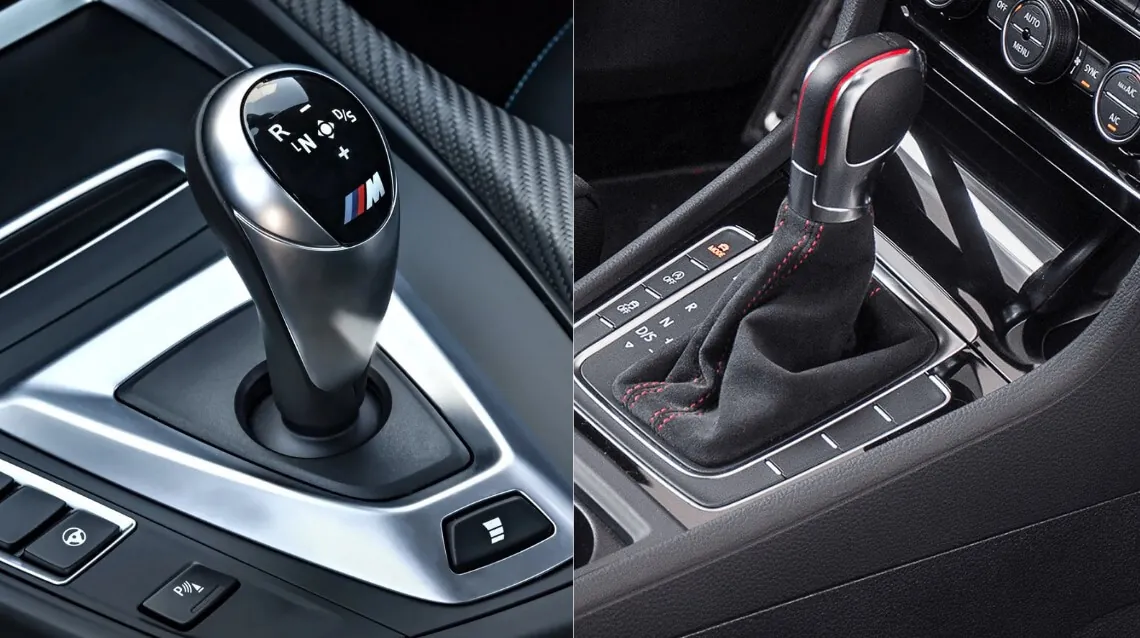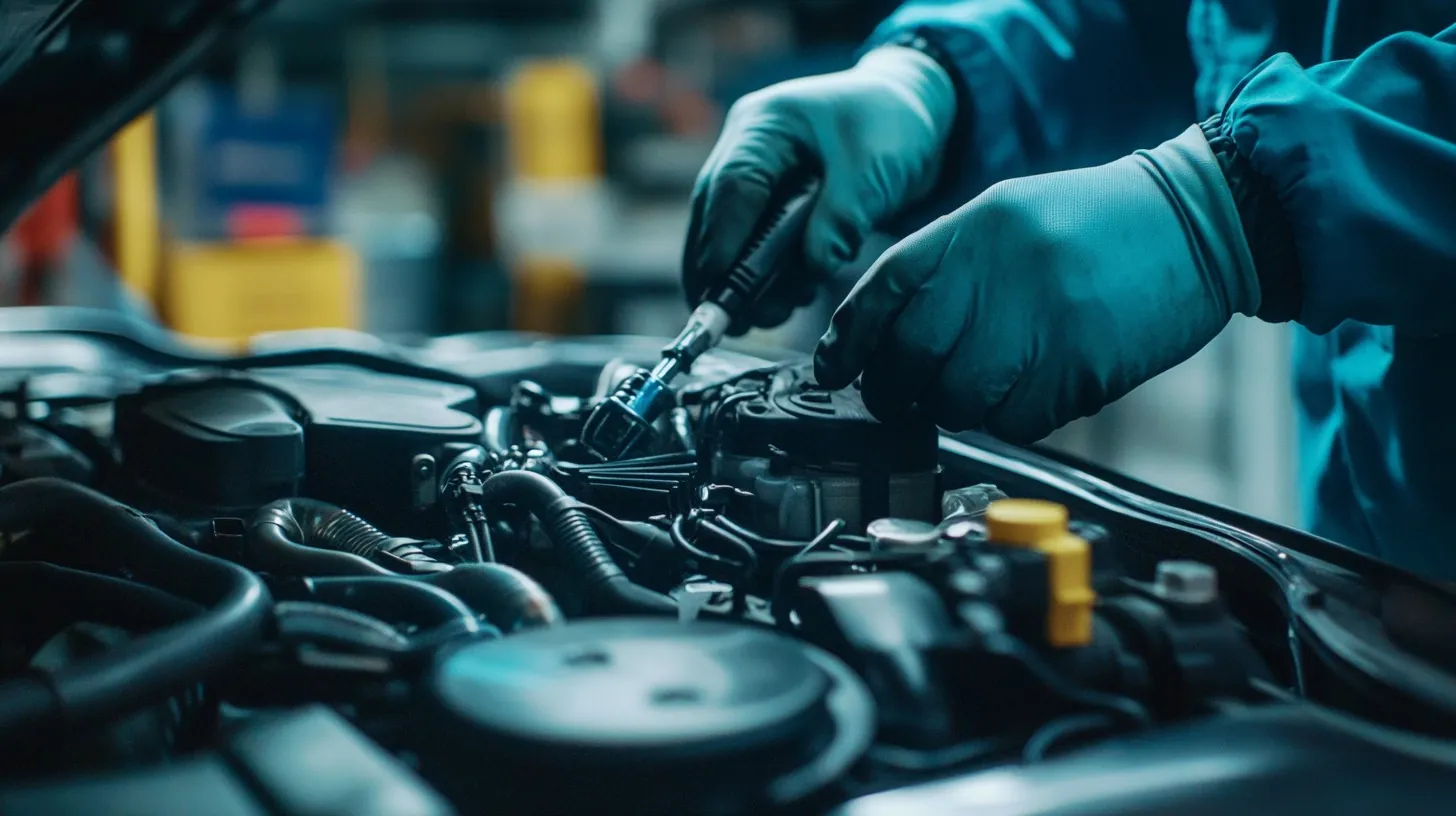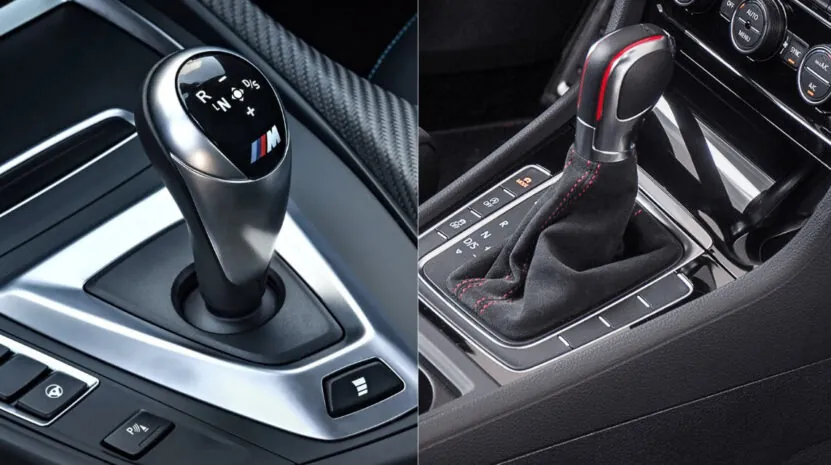
Share Post:
E63 BMW 6 Series debuted in 2003 and ran production until 2010. Designed as a luxury grand tourer with sleek lines and high-performance intentions, it targeted driving enthusiasts seeking a coupe or convertible with both comfort and power.
Designed under Chris Bangle, it split opinions visually but offered engaging dynamics and powerful engine options.
Knowing vehicle-specific mechanical and electrical weak points helps buyers, owners, and enthusiasts avoid high repair costs and unexpected breakdowns.
Proactive maintenance, accurate diagnosis, and variant-specific precautions make a significant difference in the ownership experience.
Three main variants define the E63: the 630i with its inline-six, the 645Ci and 650i with V8 powerplants, and the high-revving M6 featuring the exotic V10.
Let us talk about these in greater detail.
Table of Contents
ToggleEngine Issues by Variant
Each engine variant in the E63 BMW 6 Series presents its own set of mechanical tendencies and faults.
While some engines fare better in long-term ownership, none are entirely exempt from design-related maintenance challenges.
Paying close attention to these known problem areas can help avoid major repairs and maximize driving enjoyment.
BMW 630i (N52 Inline-Six)
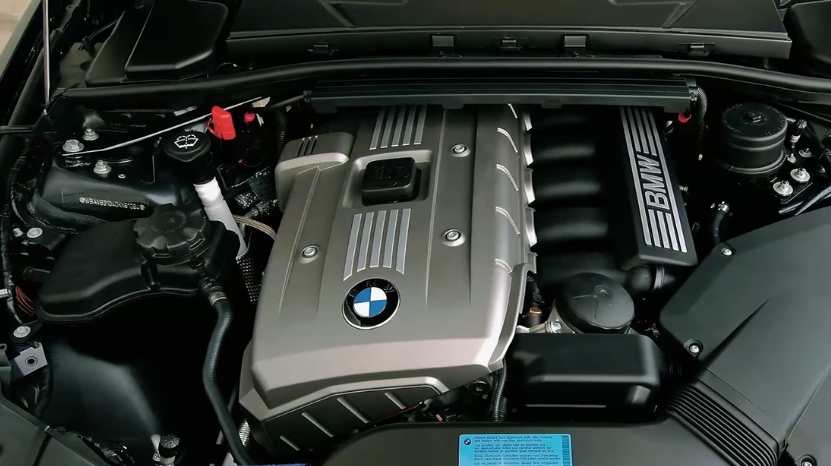
Equipped with the naturally aspirated N52 inline-six, the 630i is often considered the most dependable choice in the lineup.
It delivers a smooth driving experience and solid power delivery, but recurring issues still require attention, especially as mileage accumulates.
Common issues include:
Electric Water Pump Failure
Prone to malfunction with little or no warning, this component often fails suddenly, triggering temperature spikes and dashboard alerts. Immediate replacement is crucial to prevent head gasket damage or warping.
Valve Cover Gasket Oil Leaks
As the engine ages, gaskets lose elasticity, causing oil to seep out and drip onto the exhaust manifold. Symptoms include visible smoke and a pungent oil smell under the hood.
Eccentric Shaft Sensor Faults
Integral to the Valvetronic system, this sensor tends to fail due to internal contamination or moisture. Resulting problems include erratic idle, poor throttle response, and limp mode activation.
645Ci/650i (N62 V8)
Both 645Ci and 650i use the N62 V8, known for its performance and refinement but burdened with complex engineering and weak points that lead to expensive repairs. Compared to the inline-six, ownership demands more frequent and costly maintenance.
Frequent trouble spots include:
Valve Stem Seal Degradation
Oil enters the combustion chamber, resulting in blue exhaust smoke on cold starts or after deceleration. Excessive oil consumption often follows.
Rocker and Timing Chain Cover Gasket Leaks
Persistent oil leaks leave residue on engine surfaces and emit burning smells as oil contacts hot components.
Coolant Crossover Pipe Failure
Located deep within the engine valley, this pipe cracks due to constant heat cycling. Repair often involves significant disassembly and high labor costs.
Alternator Bracket Seal Leaks
One of the most frustrating oil leaks, caused by a failed seal beneath the alternator. Repairs are time-intensive due to component placement.
M6 (S85 V10)
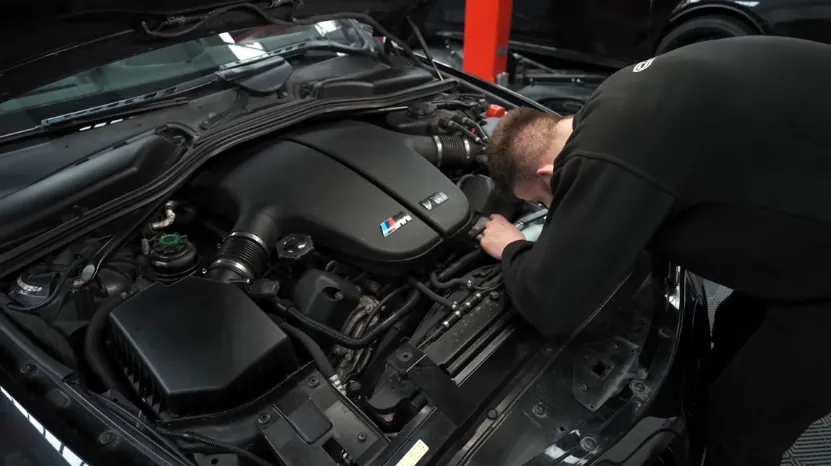
Powered by the high-strung S85 V10, the M6 delivers motorsport-inspired performance. However, maintaining this engine requires serious commitment, both financially and mechanically. Known for thrilling revs and power, it also has a reputation for being temperamental and high-maintenance.
Top mechanical concerns include:
Rod Bearing Wear
One of the most documented failures. Bearings degrade over time and can lead to catastrophic engine failure if not replaced preventively. Metal shavings in the oil and engine knocking are early warnings.
Throttle Actuator Failure
Internal gears wear out or circuit boards short, causing surging, limp mode, or failure to accelerate. Replacement requires precise calibration.
VANOS Solenoid Faults
VANOS system, responsible for variable valve timing, suffers from solenoid clogging or electrical failure. Symptoms involve rough running and a lack of high-RPM performance.
Transmission Problems
Transmission issues are common across all variants of the E63 BMW 6 Series.
While the type of gearbox depends on the model, both the ZF 6-speed automatic and the SMG system present their own distinct sets of faults.
Understanding these issues helps owners diagnose symptoms early and prevent drivability complications or expensive repairs.
ZF 6-Speed Automatic (Non-M Models)
Found in the 630i, 645Ci, and 650i, the ZF 6HP automatic transmission is known for smooth performance when maintained properly. Still, age and neglect bring about a host of performance issues that should not be ignored.
Notable problems include:
Harsh or Delayed Shifting
Gear changes may become rough or inconsistent. Fluid degradation, worn clutches, or a failing mechatronic sleeve are often to blame.
Fluid Service Neglect
Marketed as “lifetime” fluid, many owners mistakenly believe no servicing is required. In reality, fluid and filter changes every 60,000 to 80,000 miles improve longevity.
TCM Software Bugs
The transmission control module may experience logic errors, resulting in erratic shifting. Software updates or reprogramming sometimes resolve such issues without hardware intervention.
SMG (M6 and Select Models)
@chrismanjuris Replying to @Jakov𒉭 yes, the SMG transmission on the BMW is unreliable, but worth it #fyp #foryou #cartok #carsoftiktok #cars #bmw #bmwm5e60 #bmwm5 #v10 ♬ original sound – Chris Manjuris
M6 models and a few early European 645Ci units use the SMG III (Sequential Manual Gearbox), a hydraulically actuated manual transmission controlled by a computer.
While fast on track and capable of aggressive shifts, its real-world usability suffers from wear and tear.
Key failure points include:
SMG Pump Failure
The hydraulic pump generates pressure for gear changes. Once it fails, gear selection stops entirely, often leaving the car stuck in one gear or unable to start.
Clutch Wear
High clutch wear results in slipping, difficulty in engaging gears, or jerky acceleration. Repairs involve removing the transmission, which increases labor costs.
Laggy Shifts and Gear Disengagements
Lag or failure to change gears stems from outdated software, solenoid failure, or failing position sensors.
Manual Conversion as A Solution
Some owners opt to replace the SMG with a traditional 6-speed manual. The process is labor-intensive but eliminates most SMG-related concerns permanently.
Electrical System Faults
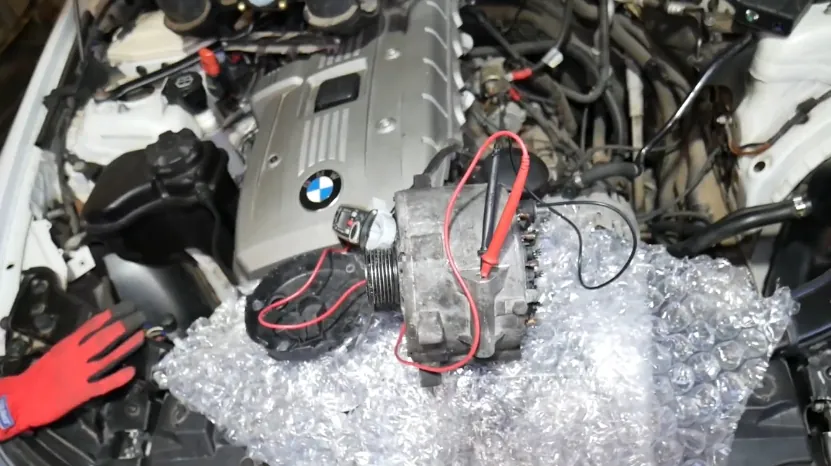
Modern features introduced during the production era brought convenience, but also increased failure points due to aging modules, complex wiring, and insufficient insulation in some areas.
Frequent electrical faults include:
Battery Drain
Continuous draw often comes from modules like the comfort access or trunk release. When modules fail to enter sleep mode, battery life diminishes overnight. Diagnosis requires multimeter testing and often ISTA software.
Alternator Malfunction
Charging inconsistencies cause flickering lights or warning messages. A failing alternator results in eventual loss of electrical power and engine shutdown.
False TPMS or ECM Fault Codes
Malfunctioning sensors or interference between modules cause erroneous warnings. Module reprogramming or sensor replacement solves most cases.
iDrive Malfunctions (CCC units)
Early-generation iDrive systems experience frequent freezing, boot looping, or black screens. Upgrading to later CIC units offers better performance and reliability.
Suspension and Steering Issues
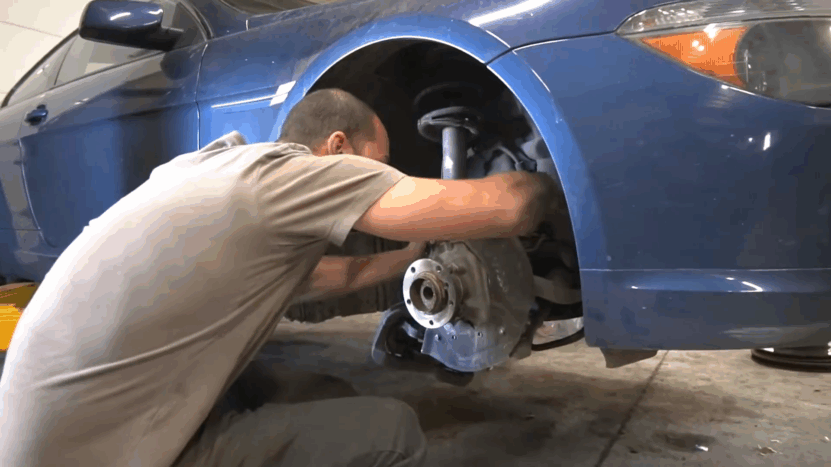
Suspension and steering systems on the E63 BMW 6 Series contribute significantly to its driving feel. Over time, wear and hydraulic complications degrade handling precision, ride comfort, and overall road feedback. Regular inspections and replacement of key components help retain the sporty dynamics these vehicles are known for.
Frequent suspension and steering issues include:
Front Control Arm Bushing Wear
Often among the first items to degrade. Symptoms include clunking over bumps, vague or loose steering response, and uneven tire wear. New bushings or complete arm replacements restore front-end stability.
If tire wear has become noticeable, getting an inspection done at a reputable tire shop in San Antonio, TX can help confirm whether suspension misalignment or bushing deterioration is the root cause.
Rear Shock Absorber Degradation
Failing dampers cause a bouncy ride, reduced grip on uneven surfaces, and noticeable body roll during cornering. Upgrading to higher-quality shocks can enhance performance and comfort.
Power Steering Pump and Rack Failures
Common signs include whining noises, fluid leaks, or heavy steering effort. Once fluid contamination begins, both the pump and steering rack may require replacement.
Dynamic Drive System Complications
Vehicles equipped with this system feature hydraulic anti-roll bars. Over time, hydraulic fluid leaks develop, sensors fail, and repair costs increase due to the complexity of the setup.
Cooling System Failures
Heat regulation becomes a recurring issue in the E63 BMW 6 Series across all powertrain configurations. Poor cooling system reliability has long-term consequences if not addressed early.
Thermostats commonly malfunction, resulting in either engine overcooling or overheating. Overcooling affects fuel efficiency and emissions, while overheating leads to significant internal stress. Replacement of thermostats should be part of periodic cooling system inspections.
Plastic components such as expansion tanks, coolant pipes, and radiator hoses degrade due to continuous exposure to heat cycles. Over time, these parts become brittle and prone to cracking, especially under pressure.
Electric water pump failure is a major concern in the 630i variant. These pumps often fail without warning, leaving the engine vulnerable to sudden temperature spikes. Replacement should be proactive once the vehicle nears or exceeds 60,000 to 80,000 miles.
Neglected cooling maintenance often results in warped cylinder heads or blown head gaskets. Repairing these issues can be extremely expensive and time-consuming.
Key failure points in the cooling system include:
- Thermostat malfunction (leading to irregular operating temperature)
- Brittle plastic coolant connectors and tanks (age-related cracking)
- Electric water pump failure on 630i (risk of instant overheating)
- Radiator cap and hoses failing under pressure
- Internal leaks from radiator or heater core
Fuel System Problems
Fuel system reliability directly affects engine smoothness, efficiency, and emissions performance. Minor inconsistencies often indicate larger issues that require timely intervention.
Fuel injectors, especially on petrol-powered variants, are prone to clogging or leaking. Dirty injectors affect spray patterns and combustion efficiency, resulting in rough idling or increased emissions. Oil-contaminated spark plugs or blackened tailpipes often signal such faults.
Fuel filters clog over time, especially if maintenance intervals are stretched. Blocked filters reduce flow to the fuel rail, causing power loss, hesitation, and poor throttle response.
Owners of the 635d diesel variant face an additional hazard in the form of intake swirl flaps. These flaps, designed for improved efficiency at low RPMs, can break off and enter the engine, causing catastrophic internal damage.
Oil Leak Sources
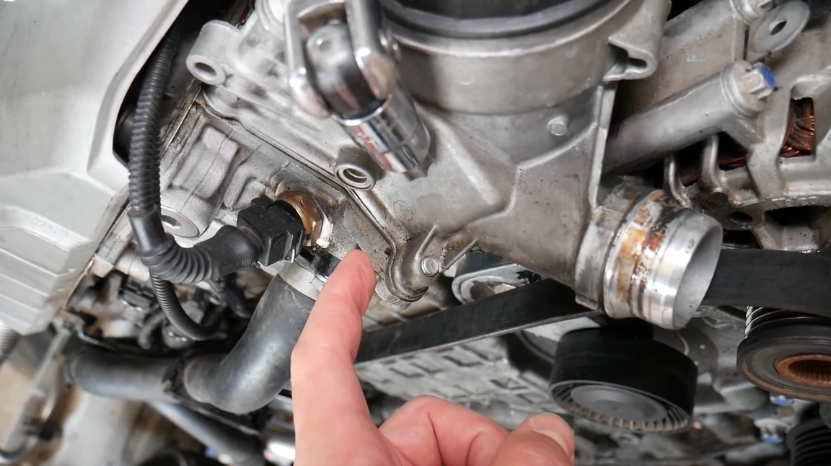
Oil seepage in the E63 becomes increasingly likely as engine components age. Leaks not only reduce oil levels but can also damage sensors, belts, and gaskets over time.
Valve cover gasket failures affect all E63 variants, often dripping oil onto hot engine parts. Visible smoke or the smell of burning oil inside the cabin typically signals this issue.
Oil filter housing gaskets degrade due to constant heat exposure. Located at the engine front, leaks here can spread across belts, hoses, and alternators, leading to secondary issues.
Oil pan gaskets often leak after extended use, but fixing them requires significant labor. Subframe removal is often necessary, which makes it an expensive job if outsourced.
Rear main seal leaks represent one of the most costly oil-related problems. Situated between the engine and transmission, replacing this seal requires transmission removal, making it labor-intensive.
Common leak sources include:
- Valve cover gasket (leaks onto exhaust, engine block)
- Oil filter housing gasket (front block leakage and accessory contamination)
- Oil pan gasket (leaks from lower engine area, often slow seepage)
- Rear main seal (transmission removal required for replacement)
- VANOS solenoid seals and timing cover areas (additional seepage points on V8 and V10 engines)
Summary
E63 BMW 6 Series blends luxury, performance, and striking design, but long-term ownership demands awareness of recurring mechanical and electrical faults.
Engine issues, especially in V8 and V10 variants, require proactive attention to prevent high-cost failures. Transmission quirks and software bugs further highlight the importance of preventive maintenance and regular fluid servicing.
Suspension wear and cooling system fragility should not be overlooked, as both directly impact reliability and drivability.
Related Posts:



